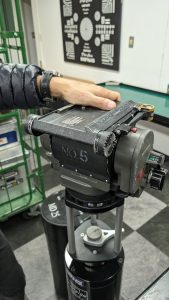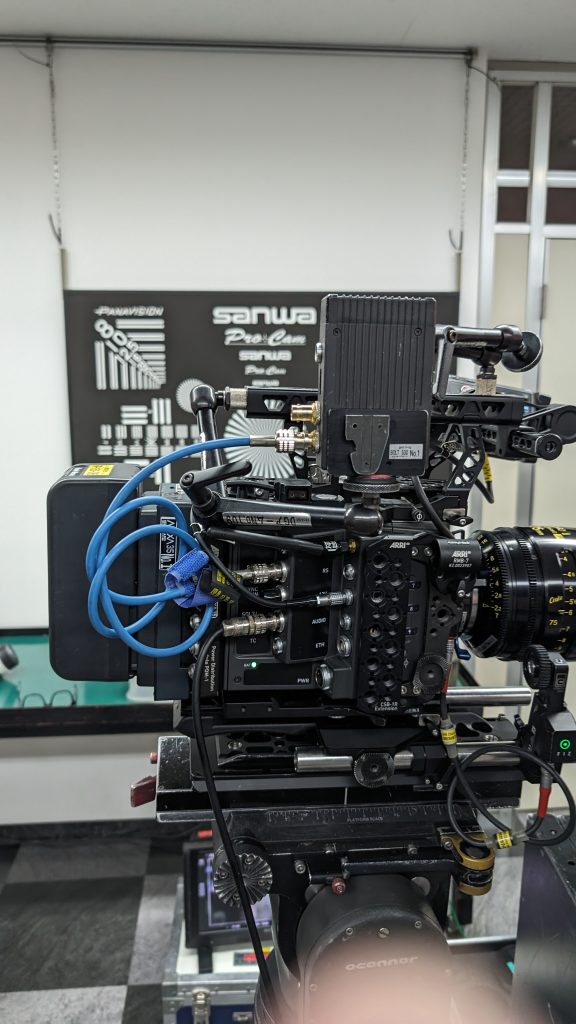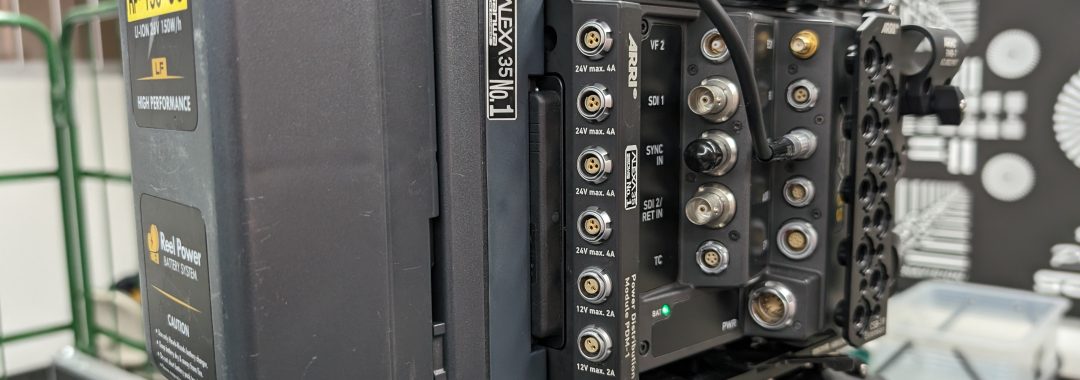Mastering Equipment Rental: Navigating Time Constraints and Budgeting
 The Challenge of International Film Production in Japan
The Challenge of International Film Production in Japan
In the realm of international filmmaking, the endeavor to execute a project in Japan poses unique challenges, especially for overseas productions aiming to establish a top-notch presence. The primary hurdle isn't merely assembling a crew or handling equipment logistics; it's about transcending the ordinary to create something extraordinary within the constraints of local and international production standards.
A recent project sheds light on the intricate dance of orchestrating high-caliber productions in Japan. It underscores that a successful venture requires more than just a vision; it demands a symbiosis of global talent and local excellence.
The Core Team: Bridging Global Talent and Local Expertise
For any ambitious project in Japan, bringing in key personnel from abroad is a strategic necessity. The minimal yet crucial lineup includes:
- Director: The creative visionary, steering the project's artistic and narrative direction.
- Director of Photography (DP): The architect of the film's visual language, crafting each frame's lighting, composition, and movement.
- 1st Assistant Camera (AC): The DP's right hand, ensuring the camera operates flawlessly, from focus to framing.
- Producer: The linchpin coordinating the project's logistics, budget, and execution.
This international contingent is vital for maintaining the production's integrity, as sourcing such specialized roles locally can be challenging, barring a few exceptions like renowned Japanese directors or DPs.
 The Art of Equipment and Crew Synergy
The Art of Equipment and Crew Synergy
Utilizing top-tier equipment such as the Alexa 35 or Sony Venice cameras sets a high bar for the production's quality. It signifies not just a financial investment but a commitment to excellence, necessitating a crew that matches the equipment's caliber. This is where the delicate balance of international and local expertise comes into play.
The importation of key technical roles, particularly the 1st AC, from the home country is critical. The nuanced differences in camera department roles between Japan and other countries can be significant, making it essential for productions to bring this expertise with them to ensure seamless operation and creative fidelity.
Navigating Logistics: A Collaborative Effort
The logistical complexities of executing a high-end production in Japan can be daunting. From equipment importation to navigating local filming norms, international productions must meticulously plan every detail. This requires a deep understanding of both global production standards and local Japanese practices.
Collaborating with local production service companies can bridge these gaps. These partners can provide invaluable insights into the local industry, from securing the right locations to navigating bureaucratic hurdles, ensuring that the production adheres to both international expectations and local regulations.
 Conclusion: The Path to Success
Conclusion: The Path to Success
Achieving top-notch production quality in Japan is a multifaceted challenge that demands a strategic approach. It requires an amalgamation of international talent, local expertise, and cutting-edge technology. By understanding the unique dynamics of the Japanese film industry and fostering collaborative relationships between global and local teams, international productions can transcend cultural and logistical barriers, paving the way for cinematic masterpieces that resonate on a global stage.
As we witness the blending of cultures and expertise in projects such as these, it becomes clear that the future of international film production in Japan is not just about overcoming challenges—it's about leveraging these opportunities to create unparalleled cinematic experiences.



